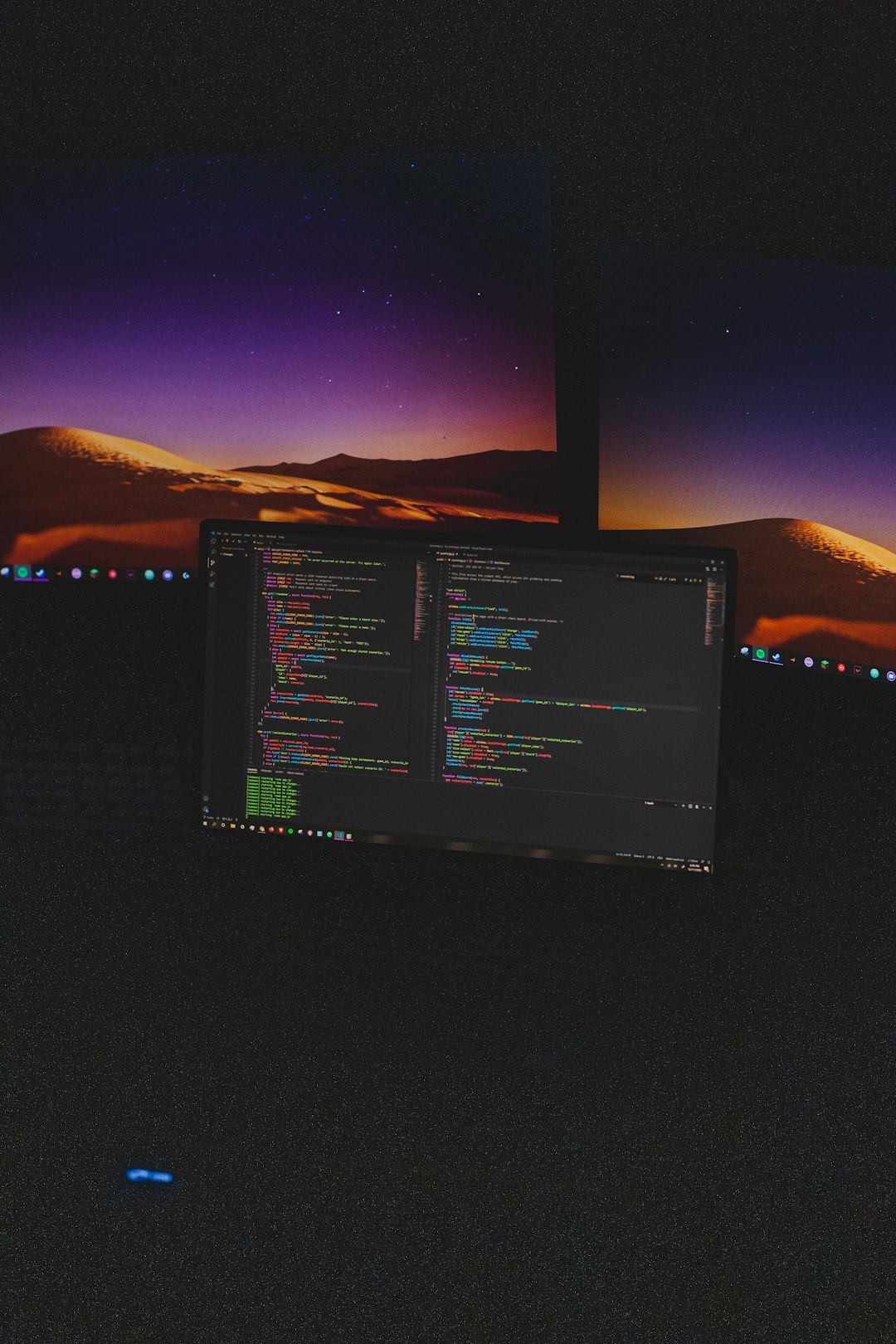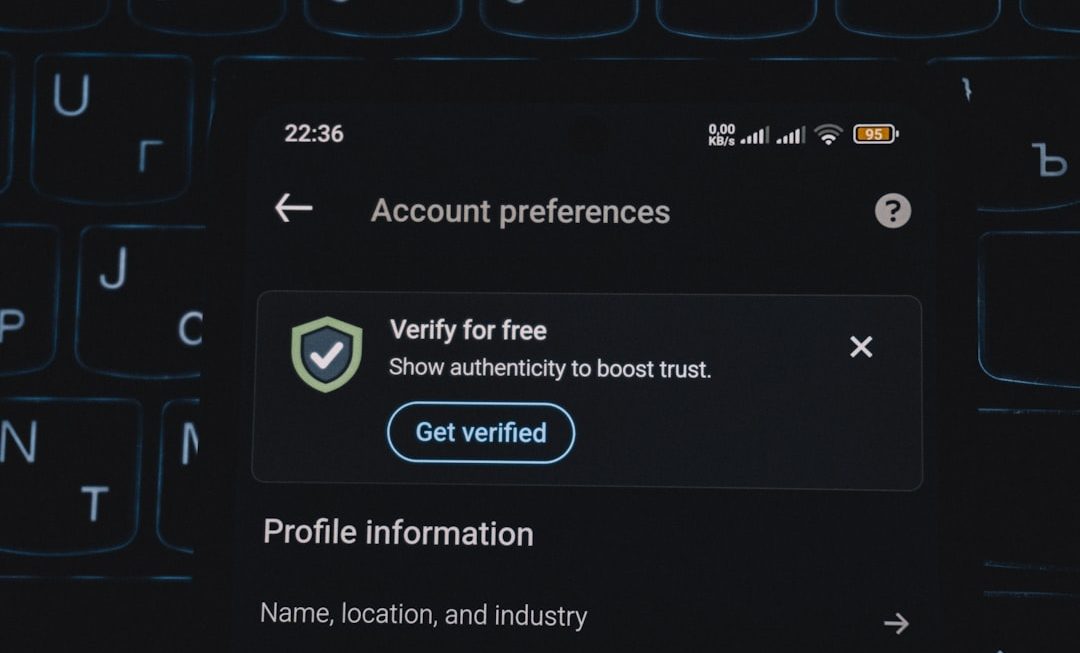Ah, the dreaded error message: “Could not get lock /var/lib/dpkg/lock-frontend.” If you’ve ever tried updating or installing software on a Linux system and saw this pop up, don’t panic. You’re not alone. And no, your computer isn’t broken forever.
TL;DR
This error happens when another package manager process is already running. It could be an update, install, or configure action. The solution is usually simple: wait, close any conflicting tools, or remove temporary lock files. Just don’t reboot your system mid-install!
What Does This Error Even Mean?
Let’s break it down in plain English. The Linux system uses a special tool called dpkg to manage software. When it’s working on something, like installing an app, it locks a file called /var/lib/dpkg/lock-frontend. Why? To make sure nothing else messes up what it’s doing.
If you try to run another software command while the system already has a task going, it slaps you with this error. It’s basically saying, “Hang on! I’m busy right now.”
Common Reasons You See This
- Another install or update process is running (like apt or dpkg)
- You exited a command halfway and it left a lock behind
- Software tools (like Software Center) running in the background
Step-by-Step: How to Fix It
1. Take a Deep Breath and Wait
No really, sometimes all you have to do is wait a minute. If your system is updating in the background, let it finish.
To double-check, you can run this:
ps aux | grep aptIf you see processes like apt-get or unattended-upgrades, just let them finish. Grab a coffee. Enjoy life.
2. Close Other Tools
Make sure graphical tools like Ubuntu Software or Synaptic are closed. They may be holding the lock.

3. Still No Luck? Kill It (Carefully)
If you’re sure nothing important is running, try this:
sudo killall apt apt-getDon’t worry — you’re not actually killing anything alive. This just ends any process that might have frozen or gone rogue.
4. Remove the Lock File
Alright, now it’s getting serious. If the lock is still there, you can delete it.
sudo rm /var/lib/dpkg/lock-frontend
sudo rm /var/cache/apt/archives/lockWarning: This should be your last resort. Only do it if no process is truly running. Otherwise, you could corrupt your package manager 🙁
5. Let’s Clean Up Properly
You’ve removed the lock. Great! But we’re not done yet. Make sure dpkg is okay:
sudo dpkg --configure -aThis will reconfigure any packages that were only half installed before the crash happened.
6. Update and Reinstall Like a Boss
Now let’s fix any missing pieces and move on with our day:
sudo apt update
sudo apt upgradeAnd if you wanted to install something in the first place, now’s the time:
sudo apt install your-package-nameStill Seeing the Error?
If the error keeps haunting you, make sure:
- Your system isn’t low on disk space (
df -hto check) - You’re not trying to run multiple package commands at once
- Rebooting is considered only after everything else
Bonus: Prevent It From Happening Again!
Use One Tool at a Time
Don’t run apt in the terminal and click around Ubuntu Software at the same time. They hate sharing.
Be Patient
Sometimes your system is doing important stuff in the background, especially right after logging in. Let it finish!
Update Regularly
Instead of letting packages pile up, run updates often:
sudo apt update && sudo apt upgradeThis keeps your system shiny and less prone to messes.

What If Things Are Truly Broken?
If even after all this, your package manager throws tantrums, you might need a more aggressive fix:
Force Fix Broken Packages
sudo apt --fix-broken installCheck for Issues in Logs
You can look in /var/log/dpkg.log for clues. It’s the system’s diary for all package activity.
Final Thoughts
Errors like “Could not get lock /var/lib/dpkg/lock-frontend” look scary, but they’re usually harmless. Think of them as your computer politely saying, “Wait your turn!” Most of the time, a little patience or a quick command can fix it.
Now you know how to confidently wrangle those pesky locks and keep your system happy. Next time you see this issue, you’ll nod and go, “I got this.”
Happy installing!


